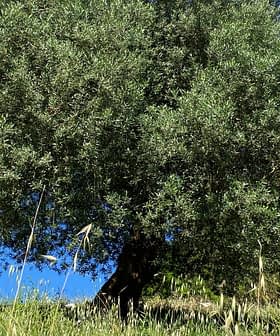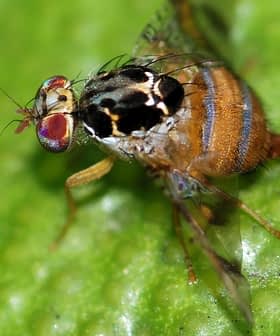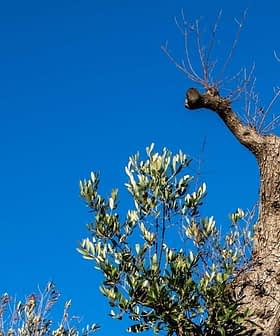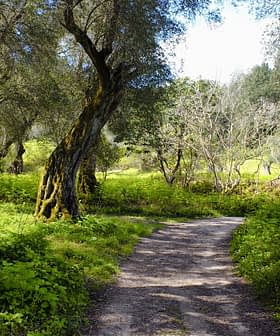Spain Tests Artificial Intelligence to Manage Fly
A predictive model using artificial intelligence has been developed to help farmers with pest management and ultimately improve production and reduce pesticide use.
For the second consecutive year, Spain’s agricultural ministry has launched a pilot experiment using artificial intelligence to predict the evolution of the olive fly.
The experiment uses data collected on the olive fly by the Andalusian Plant Protection and Information Network (RAIF), a project of the Ministry of Agriculture, Fisheries and Rural Development. The data are analyzed and fed into an artificial intelligence model that can predict the fly’s behavior up to four weeks in advance by using machine learning techniques.
This method provides a valuable tool for olive farmers to better manage the pest by revealing the areas and dates of the greatest risk of infestation. This also allows for the more efficient planning and designing of measures to control the pest. The aim of this predictive model using artificial intelligence is to ultimately improve production and reduce the use of pesticides.
Those benefiting from the pilot project are Integrated Production Associations (APIs) made up of olive growers working in 10 municipalities in the province of Jaén and nine in the province of Cordoba in southern Spain. This includes 12 APIs made up of a total number of 1,568 farmers with a total of 9,000 hectares of olive groves.
The RAIF network collects data and provides information on the phytosanitary status of the main crops of the Andalusian region thanks to close to 700 field technicians and 4,621 control stations located in each province. There are also 150 weather stations recording information on the climatic situation in each crop area. Meanwhile, technicians posted at each control station take note of potential pests or diseases.
Each week, the associations of growers will receive information predicting the percentage of their crop susceptible to the olive fly so that they can better plan pest management for that week. In return, the APIs are expected to report back with their observations so that the predictive model can be further improved.
The olive fly is a species of fruit fly and a dreaded pest for olive growers across the Mediterranean region because of the severe damage it can cause to their crops. The pest was partly to blame for poor yields during the 2014 – 2015 harvest season which saw production decrease by more than 50 percent in Spain and Italy, the world’s biggest olive producers.








